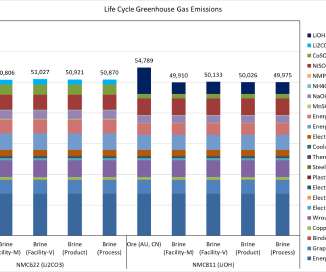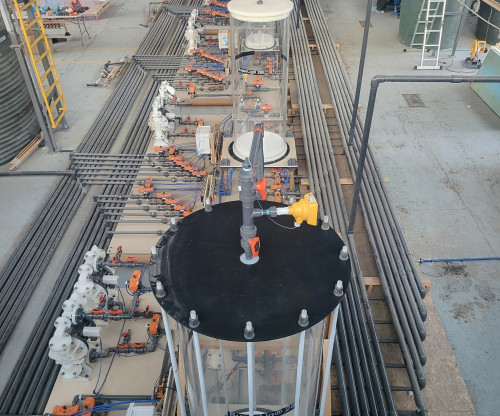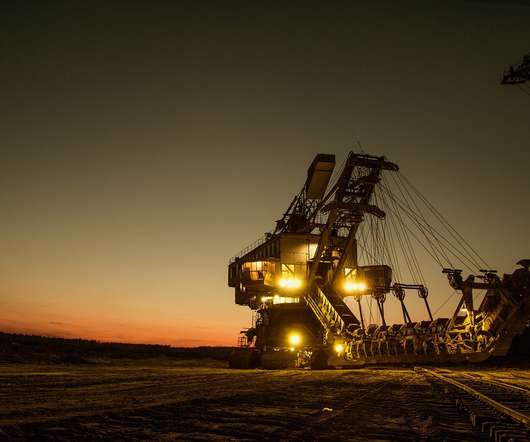Argonne study compares life cycle emissions of battery-grade lithium carbonate and lithium hydroxide from brines and ores
Green Car Congress
JULY 14, 2021
Researchers at Argonne National Laboratory have conducted life cycle analyses (LCAs) for battery-grade lithium carbonate (Li 2 CO 3 ) and lithium hydroxide monohydrate (LiOH•H 2 O) produced from Chilean brines (Salar de Atacama) and Australian spodumene ores. Kelly et al. 2021.105762.
















Let's personalize your content